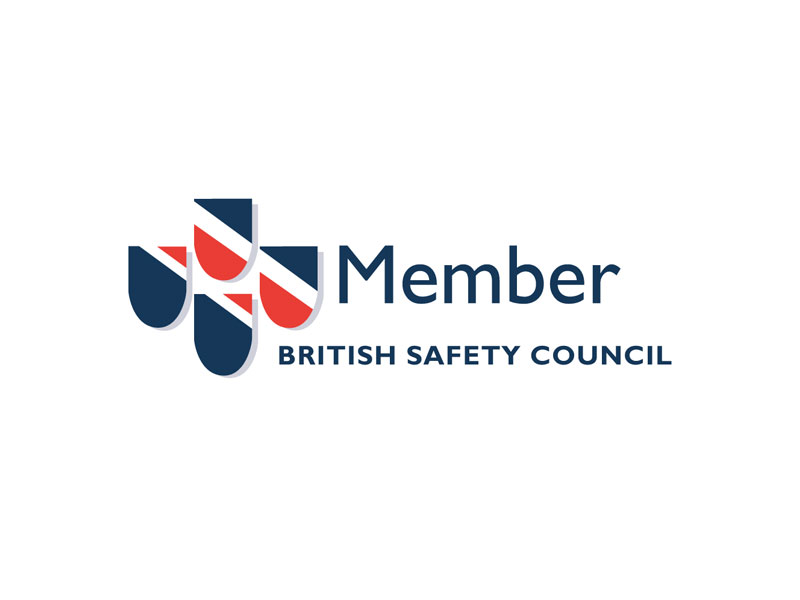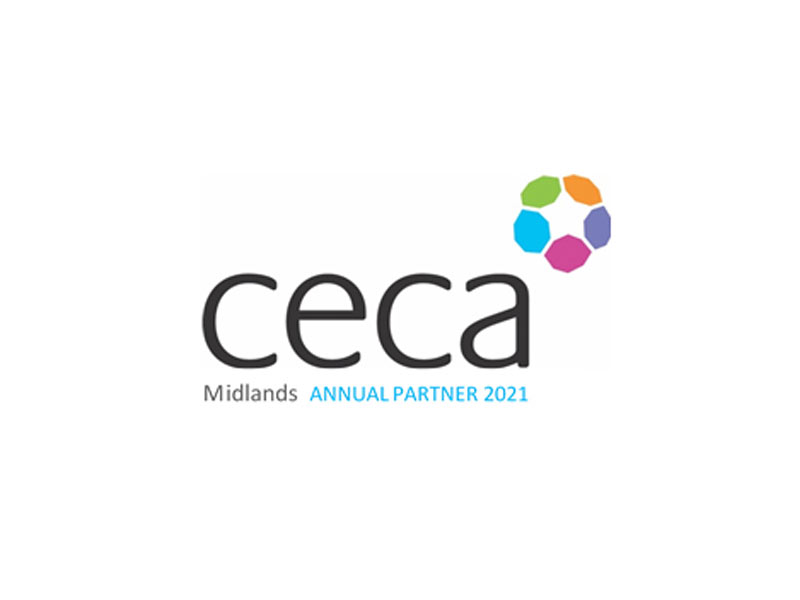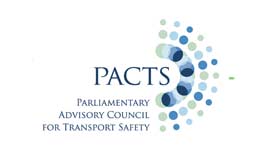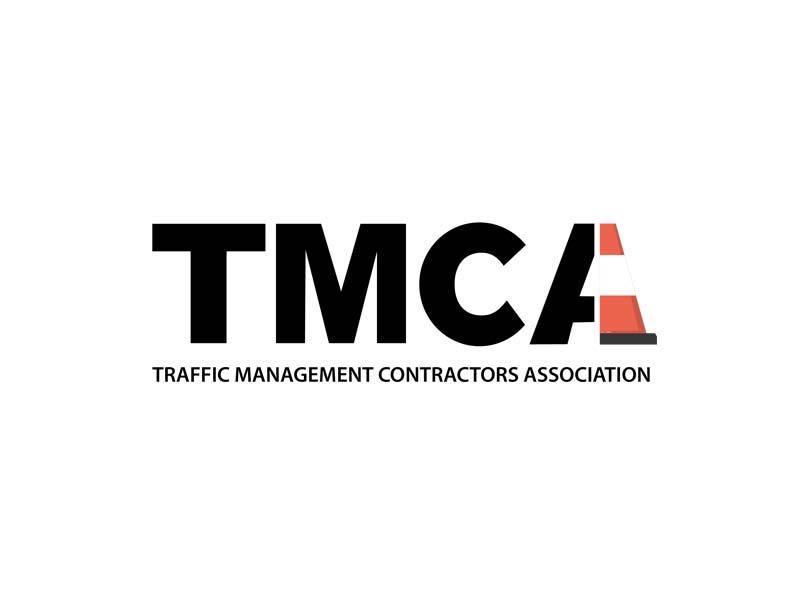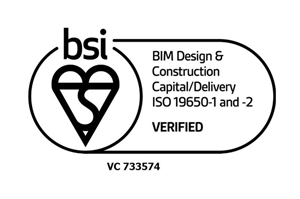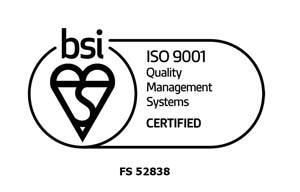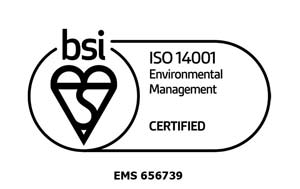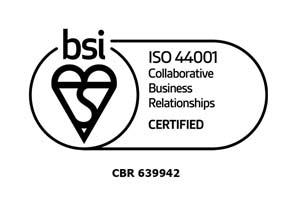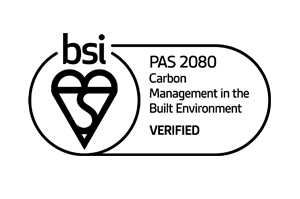Look around many urban construction sites and you’ll notice that many arrangements for site containment, access restrictions, signage and traffic management are not fit for purpose. Many are poorly designed, use unsuitable materials and fail to provide adequate protection for those affected by the works.
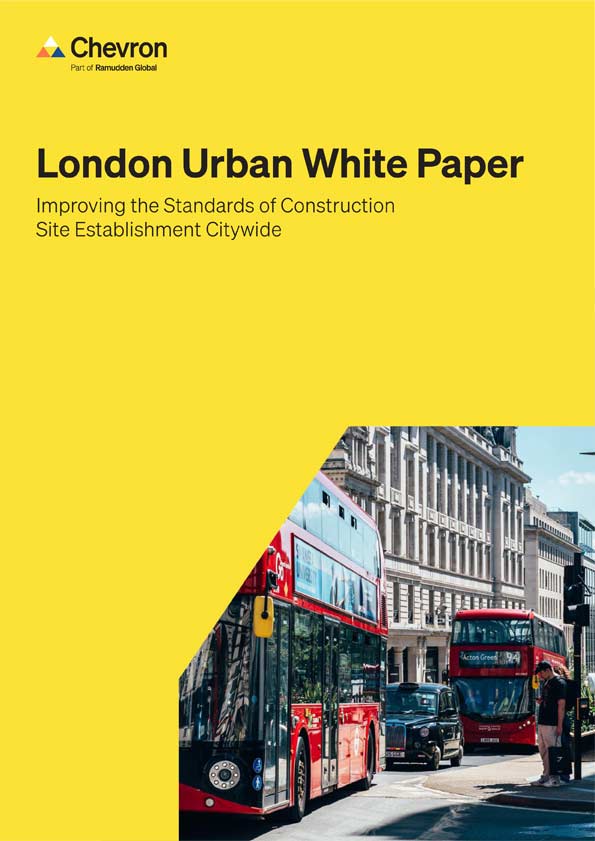
This puts the lives of pedestrians, cyclists, road users and workers at risk of serious injury.
Often, equipment is deployed that has been adapted for use beyond its original purpose and therefore has limited chance of providing non-motorised users (NMUs) with adequate segregation and protection from live traffic.
Narrow walkways between gantries become inaccessible for buggies, wheelchairs and mobility scooters, forcing pedestrians out onto the carriageway in order to pass, thereby exposing them to the risk of traffic collisions. The specific needs and vulnerabilities of the neurodiverse are often ignored.
Current legislation and regulations in this area are inadequate, inconsistent and decades-old with most local authorities issuing different guidance documents and codes giving an inconsistent approach around the country.
The construction industry and its supply chain have a responsibility and a duty of care to protect the health, safety and wellbeing of all those affected by works and to support equality, diversity and inclusion.
The solution must involve all stakeholders. Not only should there be a consistent approach across all local authorities, but a balance must be struck between the needs of contractors to deliver work and the need of a road user to use the highway. Additionally, the needs of NMUs must be considered, and neurodiverse individuals must be treated, at a very minimum, with the same priority as motorised traffic due to their increased vulnerability in these busy environments.
Chevron Traffic Management has been protecting motorists, pedestrians, and construction workers in urban areas for over 30 years with innovative and efficient traffic management services. We have experienced many challenges and recognise that construction site safety should be improved in major cities such as London.
We have published a White Paper, written by our Chief Engineer, Keith Smith, a Chartered Engineer, a Fellow of both the Chartered Institution of Highways & Transportation and the Institute of Highway Engineers. Keith has unmatched experience in urban traffic management and health and safety.
With a focus on London, our White Paper uncovers the wide-ranging issues facing the industry, the different risks to each type of user around construction sites, and how improving standards and modern day fit-for-purpose multi-functional solutions can provide the answers that the industry and public so desperately need.
To download your copy of the White Paper, please enter your details below.



